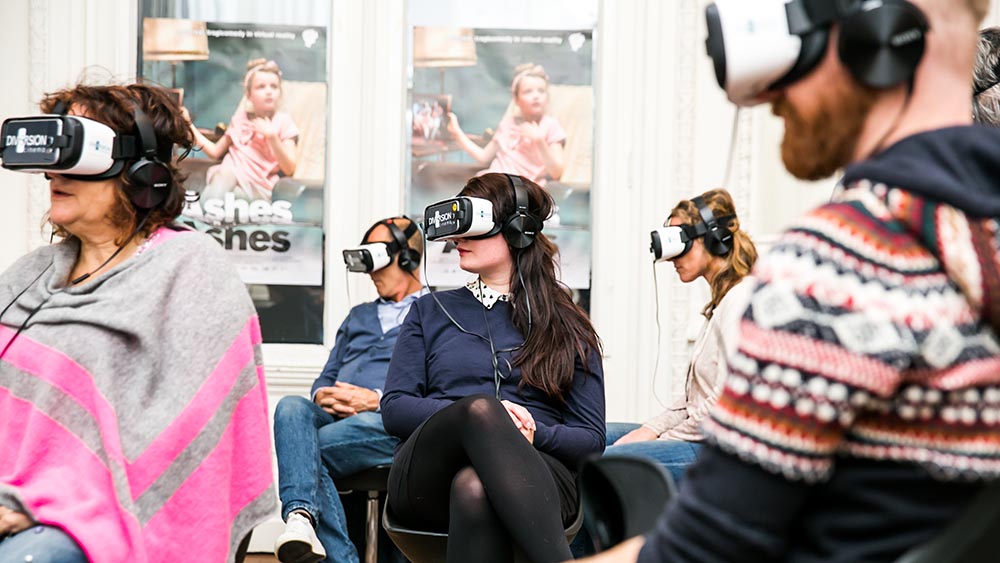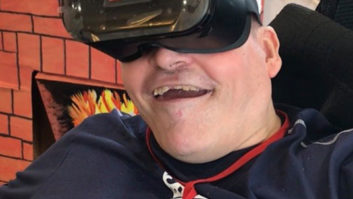
Last year’s technology buzzwords were the cloud, mobile, data, and drones. In 2018, Augmented Reality (AR) and Virtual Reality (VR) are generating excitement and taking top buzz billing
At the very least, these emerging technologies will have implications for AV companies and technicians in the near future.
What is the What?
VR is a computer technology popularised in video gaming applications that uses headsets or projection to generate real-life images, audio and vibrations. It brings a user’s physical presence to life in a virtual or imaginary setting. Augmented Reality is a direct or indirect view of a physical, real-world backdrop bolstered by computer-generated and sensory information, such as sound, video, graphics and/or GPS data.
Now often referred to as ARVR, according to Energias Market Research, Buffalo, N.Y., the global market for AR and VR is expected to increase from nearly $10 billion in 2016 to $297 billion in 2023. Gaming was the largest segment in 2016 and the medical and commercial sectors are predicted as the fastest growing in the coming years.
What does the AR/VR discussion mean for AV technology managers? Well, it starts with the experience. Certainly these technologies, and the resulting software and hardware development, will play a role in future audio visual specifications. From complex VR arcades to virtual reality training labs in universities such as UNLV, emerging tech will change the way we design and interact with AV solutions in collaborative settings.
But while there are significant possibilities and use cases for AR/VR in commercial, industrial and other vertical markets, there are hurdles and lots of moving parts to consider before actual specifications go mainstream. There’s hardware, optics, compute power and how to execute core functionality reliably in real-time. There’s the need for low-latency video streaming that can adapt to both friendly and unfriendly network environments, so metadata comes through quickly and uncompromised. And finally, there is strong correlation between the quality of live video streaming deployments and AR/VR technology as well.
AR’s Immediate Potential (and Challenges)
AR carries stronger potential use cases and widespread applicability for facilities AV architecture, including virtual walk-through applications of building designs, live production events, or customer experience centers. Many of the emerging applications for AR will revolve around relevant overlays and providing pertinent information within the field of view of the user.
There are many other considerations in this AR application. There’s the need to provide video and the location and orientation data associated with where the person is located, what they’re looking at, or what direction they are facing—their GPS coordinates. There’s the process of funneling all the metadata and video information to an analytics engine in real-time, typically an artificial intelligence (AI) platform, to determine what they are looking at and provide overlays, either as a video or other information so it can be rendered in some way over the viewing area. There’s also the future possibility of a two-way flow of video, critical to real-life applications being driven in the AR space in healthcare, first response, security or safety.
Bryan Meissner is the Chief Technology Officer and co-founder of EvoStream. He brings over 10 years of experience in Product Management and Software Engineering and has worked as a C++ engineer on networked applications for the military, including GIS and tracking solutions, dynamic database synchronization and collaboration.







